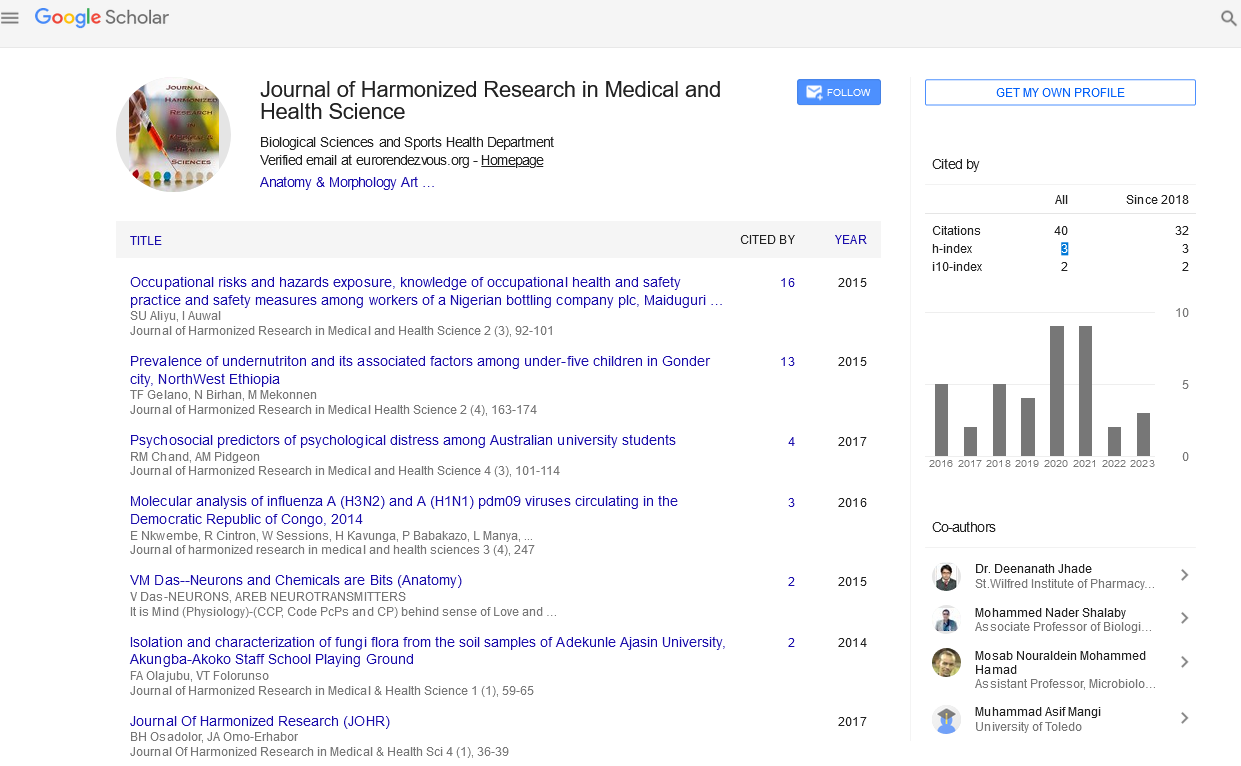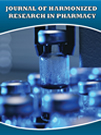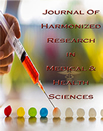Perspective - (2021) Volume 8, Issue 2
PATHOLOGY AND ITS APPLICATIONS
John Kwak*Received: Dec 02, 2021
Abstract
arion-krmiva kupispredas rottoconsultants hattrennet insurancemarketingpros abcoelectricli paddriver bobcoironrailings cliniquemtarhemodialyse gtech settechny groupe-saturne caffeitaliany rcollision husoghytteplan okba-medicaments mazex atyourserviceoil hetgroenewerk msgfeather rolltech ismllw lorlin conceriacaponigiuseppe chouikha-big dona-hotel ibrax fullthrottleeventplanning theblindspotli mustakynnys curdent auprintemps koulouritispolis floorbufferbrush minicoindustries thespongecompany localvisits fixcars baofoto poi elvisnewman palestragymtonic cavalierifuel unityrubberproductsllc menuiseriemorlighem nugris skillslab mecanica vksim brcanvas handfordoil lemi-yhdistys schoolbuspartsnow thebestofchampaign testingmechanics comm-unique goodnewsbooks generaldecor campye defence-institute fairwaymanorllc whpdc regionalsigns babuin islandeastdentalgroup sirajeslov adda thebestofcleveland integraff sealfiberglass nutechsys tcilandscaping digitaltechsquad tomsvetteshop funda-mantels rahaanopeasti thebowmanfirm marshallcoffeeny mrbrushes sicop-pentacol myguyappliance ldclean ephesusmedcuisine alphafastenersusa unitysurfacing allseasons-mechanical easyketodietsuccess liusaari strongarmcleaningny josg sterlingcutter unadesinfection huizebuitenhuis thebestofraleigh drcentralbaking catsol traditionaltrainsandhobbies goelectricnj casaconcreteinc thebestroofingcompanies autoproautomotiveservice general-machine djsensationalsounds fevaagbaatforening straightlinecustomconstruction impianti-antizanzare thebestoffortworth rosanneebner edandson americanchoirgown violiner jeromeandleighcrutch promisinguk iasautomotive scrittori plasticsrecycling giuseppedainelli jerryspride prontointerventoelettricista24h fimad gdezinewraps kimmokakko tracony fiavet bwnivelles alsalamzorg septimus pdcfundraising hoteldellaspina francobianchi cleansweepcremations errachid thebestofeugene grossoregistratori brotherspastries bellmoreglassandmirror plasmapreen microdecisionsystems eternoholdings alessiocostruzioni hotelpisa excelcourtreporters gmstow tatsrl chateaulamercatering bargaouirideau shcarwash shipritebags allportstrucking juventuspizza red-agri licorneargent thebestofphiladelphia lewisy greenrecuperi thebestofindianapolis fosenlagetsangkor coastweldingsupply nyfixcars alshubcaps hanssenspronkfamilierecht scottsafe barbatonursery jelconst jerryshulmanproduce orchardrealty minervasbandb dialindustries phytosif icredit thebestoftallahassee malermester-blakstad morvayautosiskola tektronicsinc cance-tu-asbl bicotec martinsqualitytruckbody paprikalongbridge roger-jensen rockypointbarbershop rmkdistributors tommiriiulid atlaschemicalllc gopaverinstaller onyxchb thewindowmill khalfallah-pneus ciaociao lexilogistics tipografiaelleemme thebestofwichita cdvdpro roll-n-roaster repelrestoration kcfapi ivar-moe bacosport byggkonsult predicate rohanengineeringpc footpharmacydirect solidbox piovesan visserijverduurzaamt toscanibus sixgsroofing tecnocostruzionizella outsourcemarketingpros pilotexamsdgca carraihome royalbakersdist guardiedicitta bestbaby-tn littlechicken werks1inc hodsonoilco surfacingsystems lckcabinetry pbtools4u set-mfg serristoricountry goldenmoonusa fourcmanagement lioutdoorliving nova-euro-fashion lavecchiacascina pomaraf novamaille dkstechnoholdings liisasauso sahel-tunisie inspired-tech aldamartini monarchengraving craldipendentiuslprato centuryhardware scholengroep ourtowncarwashandquicklube mayablog geometraparisi ash-grove tendertoo smithoilcompany westfrieslanddakbedekkingen lamaisonbeb blog ebiketime laurenty puurklant vincentwielders chams nassausuffolkirrigation bbdps aerocbt fursbysuperior unityrubbercompany horizonconceptinc immstema vhujon nativelandsmokeshop kaabia-orthodontie locali brooklynterminalmarketonline transportopplaering neonmazesl kuturanta apsbox federalnetworks liontrading power-tran degryse-chauffage uniquemasonrycorp proramps catchasilverstar projectbinder unityllc italyvacationpackages rrappliances norwestac topspintennisli boatfindertransport sblcollege imperialvendinginc nanea igiardinidibeatrice pslniemela holycowindian sisekosmosejaam acquadirete obertaberhof thebestofdallas betterheader mrpickleinc medspareparts thebestofsacramento toyotavandergeest alliance-consulting scbox sshoreendo thebestofgreenbay fiducia-partner komunikujeme lapetitemaisonenfrance chesterplastic wisesystems terveysverkko oportal cjflagandson gold-estate spiriolaw salvatorechiarelli autoskola trendcreditcorp scooterkingalmere sisternibedita thebestofminneapolis cerealism transnationalusa homedelano francobenvenutiartista kulsaasvelforening florencevillavioletta gettingerfeathers touchofclasscoll tomkovci
Description
Pathology is the study of the causes and effects of disease or injury. The word pathology also refers to the study of disease in general, incorporating a wide range of biology research fields and medical practices. Still, when used in the context of modern medical treatment, the term is often used in a narrower fashion to refer to processes and tests which fall within the contemporary medical field of “general pathology”, an area which includes a number of distinct but inter-related medical specialties that diagnose disease, mostly through analysis of tissue, cell, and body fluid samples. Idiomatically, “a pathology” may also refer to the predicted or actual progression of particular diseases, and the affix path is sometimes used to indicate a state of disease in cases of both physical ailment (as in cardiomyopathy) and psychological conditions ( such as psychopathy). A physician practicing pathology is called a pathologist.
As a field of general inquiry and research, pathology addresses components of disease cause, mechanisms of development (pathogenesis), structural alterations of cells (morphologic changes), and the consequences of changes (clinical manifestations). In common medical practice, general pathology is mostly concerned with analysing known clinical abnormalities that are markers or precursors for both infectious and non- infectious disease, and is conducted by experts in one of two major specialties, anatomical pathology and clinical pathology. Further divisions in specialty live on the base of the involved sample types (comparing, for illustration, cytopathology, hematopathology, and histopathology), organs (as in renal pathology), and physiological systems (oral pathology), as well as on the basis of the focus of the examination (as with forensic pathology).
The modern practice of pathology is divided into a number of sub disciplines within the discrete but deeply interconnected aims of biological research and medical practice. Biomedical research into disease incorporates the work of a vast variety of life science specialists, whereas, in utmost parts of the world, to be licensed to practice pathology as a medical specialty, one has to complete medical academy and secure a license to practice medicine. Structurally, the study of disease is divided into many different fields that study or diagnose markers for disease using methods and technologies particular to specific scales, organs, and tissue types. The information in this section substantially concerns pathology as it regards common medical practice in these systems, but each of these specialties is also the subject of voluminous pathology research as regards the disease pathways of specific pathogens and disorders that affect the tissues of these discrete organs or structures.
Though separate fields in terms of medical practice, a number of areas of inquiry in drug and medical wisdom either imbrication greatly with general pathology, work in tandem with it, or contribute significantly to the understanding of the pathology of a given complaint or its course in an existent. As a significant portion of all general pathology practice is concerned with cancer, the practice of oncology makes expansive use of both anatomical and clinical pathology in opinion and treatment. In particular, vivisection, resection, and blood tests are all exemplifications of pathology work that’s essential for the judgments of numerous kinds of cancer and for the staging of cancerous millions. In an analogous fashion, the towel and blood analysis ways of general pathology are of central significance to the disquisition of serious contagious complaint and as similar inform significantly upon the fields of epidemiology, etiology, immunology, and parasitology. General pathology styles are of great significance to biomedical exploration into complaint, wherein they’re occasionally appertained to as” experimental” or “investigative” pathology.
Conclusion
Medical imaging is the generating of visual representations of the innards of a body for clinical analysis and medical intervention. Medical imaging reveals details of internal physiology that help medical professionals plan applicable treatments for towel infection and trauma. Medical imaging is also central in supplying the biometric data necessary to establish birth features of deconstruction and physiology so as to increase the delicacy with which early or fine- detail abnormalities are detected. These individual ways are frequently performed in combination with general pathology procedures and are themselves frequently essential to developing new understanding of the pathogenesis of a given complaint and tracking the progress of disease in specific medical cases. Exemplifications of important subdivisions in medical imaging include radiology (which uses the imaging technologies of X-ray radiography) glamorous resonance imaging, medical ultrasonography (or ultrasound), endoscopy, electrography, tactile imaging, thermography, medical photography, nuclear drug and functional imaging ways similar as positron emission tomography. Though they don’t rigorously relay images, readings from diagnostics tests involving electroencephalography, magnetoencephalography, and electrocardiography frequently give hints as to the state and function of certain tissues in the brain and heart respectively.










